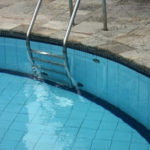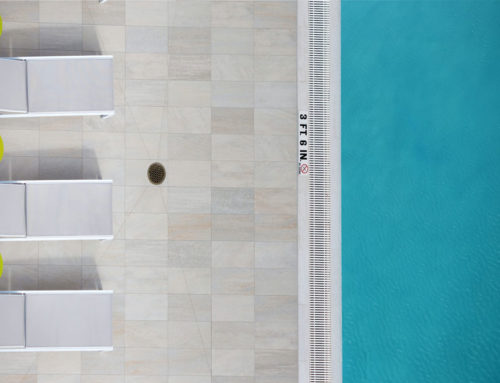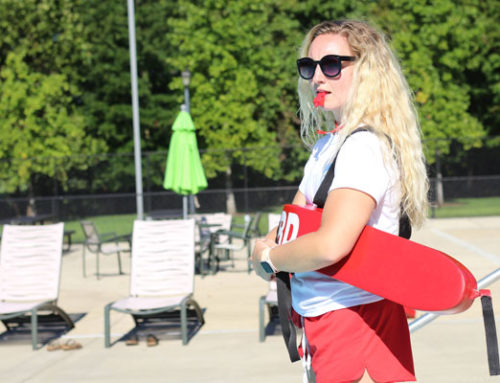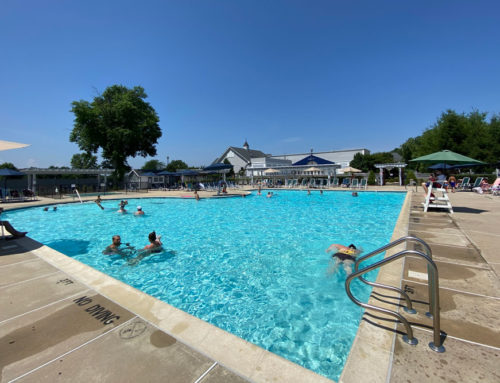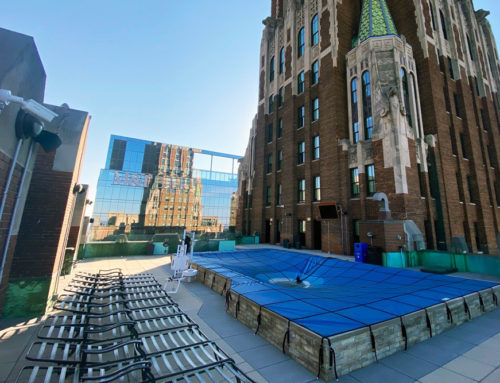Summer months usually means warmer and longer days for residents of your community to enjoy your pool, but it also means that you’re probably in store for some rain. When the warm, humid air of summer encounters a cold front, you could have a rainy situation on your hands. Sometimes, this can even result in damaging winds and lightning.
After a strong rain storm, it can be difficult to know how to go about reopening your pool, but a quick turnaround is essential for any facility that serves a large number of people. Post-storm cleanup should be the number one concern for pool management in these situations so swimmers can safely get back in the water as soon as possible.
Skim and brush the water
Before introducing new chemicals to the water, you should first check the surface of the pool for any large debris. Branches, leaves or other objects may have fallen into the water during the storm, and no filter in the world will be able to clear such large objects from the water.
Removing branches and other objects from the pool should be the first step in any post-storm cleanup process. After clearing the surface of the water, agitate the entire pool to stir up any dirt or debris that may have sunk to the bottom. This will make it easier for the filtration system to capture and remove it from the water.
Of course, a pool cover will eliminate all these concerns. As long as you have the forewarning to place it over your pool before the rain begins, you might be able to skip many steps of the cleanup process.
Check water chemistry
It might seem obvious, but you should check your pool’s pH balance and other levels after a foreign source of water is introduced to the pool. Chemicals are the best way to keep swimmers safe from water-borne bacteria and other harmful organisms, and even the slightest change in pH can make your pool the perfect breeding ground for infection.
Most pool water rests between 7.4 and 7.6, but the average rain storm has a more acidic pH of 5. Too much rainwater in your pool means that patrons’s eyes might sting when you reopen your pool. A light drizzle is probably not going to affect your pH that much, but any storm that drops multiple inches of rain could significantly affect your pool’s safety.
Shock your pool
If you still find that there are objects or contaminants in your pool that are causing pH imbalances or other safety issues, a shock treatment can clear your entire facility of any material you don’t want in the water. Typical shock treatments add the active cleaning agent to water at a ratio of about two pounds of cleaner to 10,000 gallons of water, but you can adjust the dosage depending on the level of contamination of your pool.
After a shock treatment, it’s essential to run your pool’s filtration system for at least 12 hours to remove the cleaning agent from the water. Most shock treatments use powerful chemicals to clean large volumes of water, and these are unsafe for humans to swim in. Check pH levels after cleaning out the shock to ensure that the treatment worked.
Spruce up your facility by sweeping walkways and mopping up any areas of standing water. Swimmers have a keen eye for cleanliness when it comes to public or private pools, and keeping your facility clean after a storm will prove your commitment to safety.

